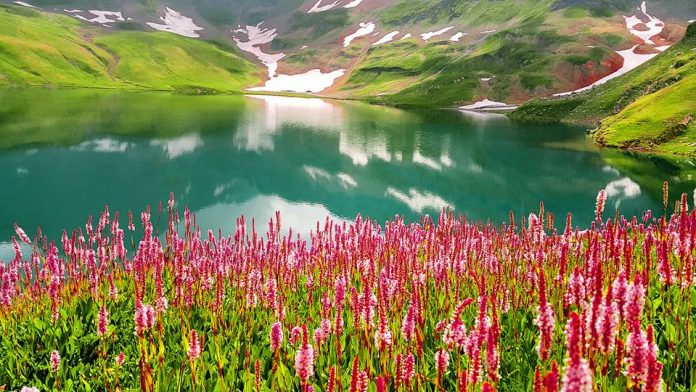Climate change and its impact on Dudipatsar Lake and surrounding ecosystems: Ecosystems and communities all across the globe are being impacted by climate change, and Dudipatsar, which is located in Khyber Pakhtunkhwa, Pakistan, is no exception. As a result of temperature, rainfall, and weather changes brought on by climate change, the region’s distinct ecology and biodiversity are at danger.
Climate change and its impact on Dudipatsar Lake and surrounding ecosystems
Impact on Dudipatsar Lake
Dudipatsar Lake is supplied by melting Himalayan glaciers. As temperatures rise, glaciers melt quicker, increasing lake water flow. Increased water flow has raised the lake’s water level, which might flood nearby communities. Due to changing water temperatures and nutrient levels, certain lake species are in danger of extinction.
Impact on surrounding ecosystems
Several species have adapted to Dudipatsar’s climate. Climate change threatens various species. Some species are dominating, while others are decreasing due to temperature and rainfall changes. Weather changes also increase forest fires, which may devastate the region’s forests and fauna.
Mitigation measures
Climate change is being mitigated in Dudipatsar. Reforestation absorbs carbon dioxide and mitigates climate change. To balance economic growth and environmental preservation, sustainable development approaches that emphasize environmental conservation are supported. To adapt to climate change, local people are learning sustainable agricultural methods.
Conclusion
Climate change affects ecosystems and populations worldwide. Climate change is affecting temperature, rainfall, and weather in Dudipatsar, Khyber Pakhtunkhwa, Pakistan. Reforestation and sustainable development are being used to mitigate these effects and maintain the region’s unique ecosystem and biodiversity for future generations.
